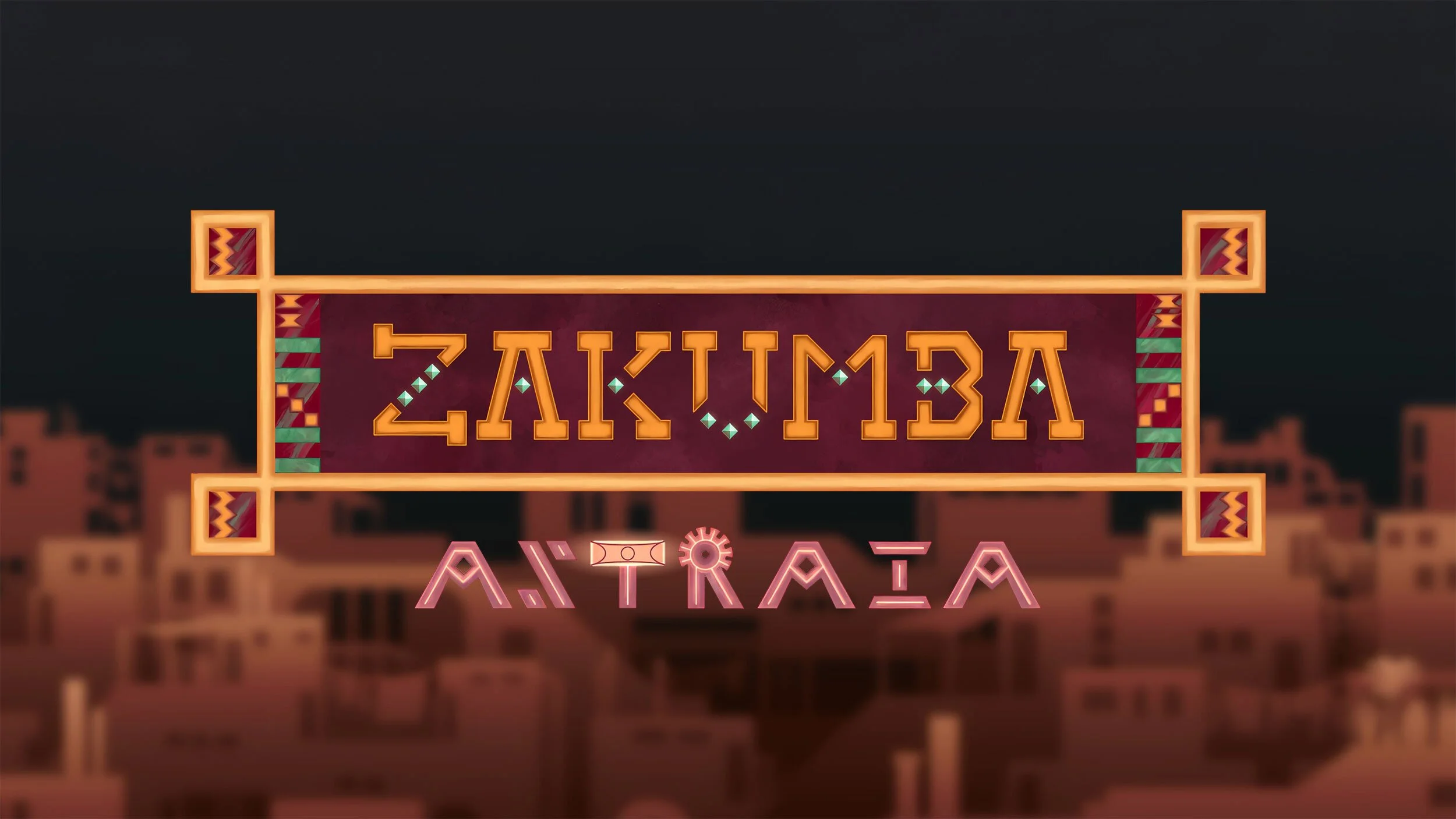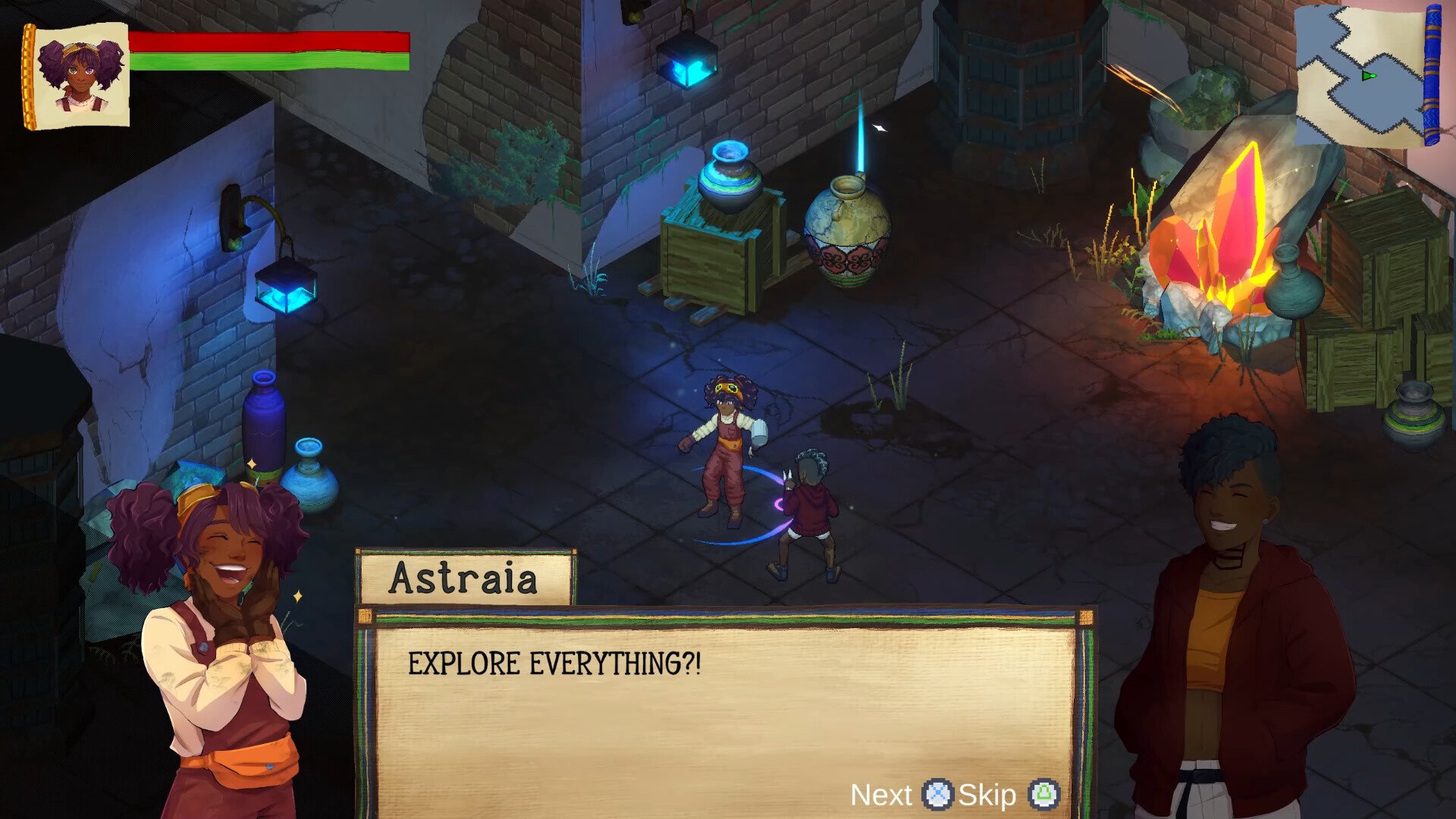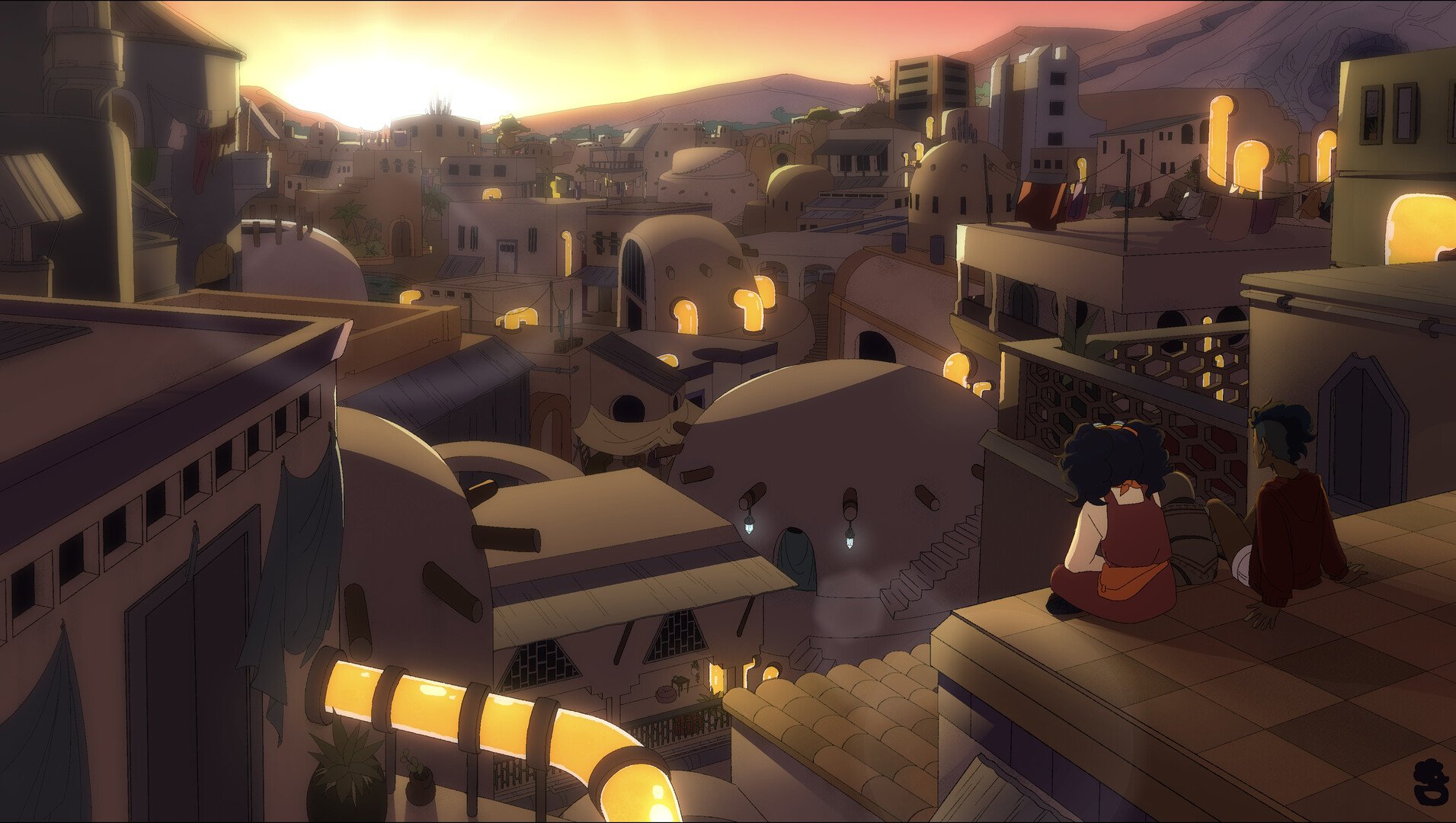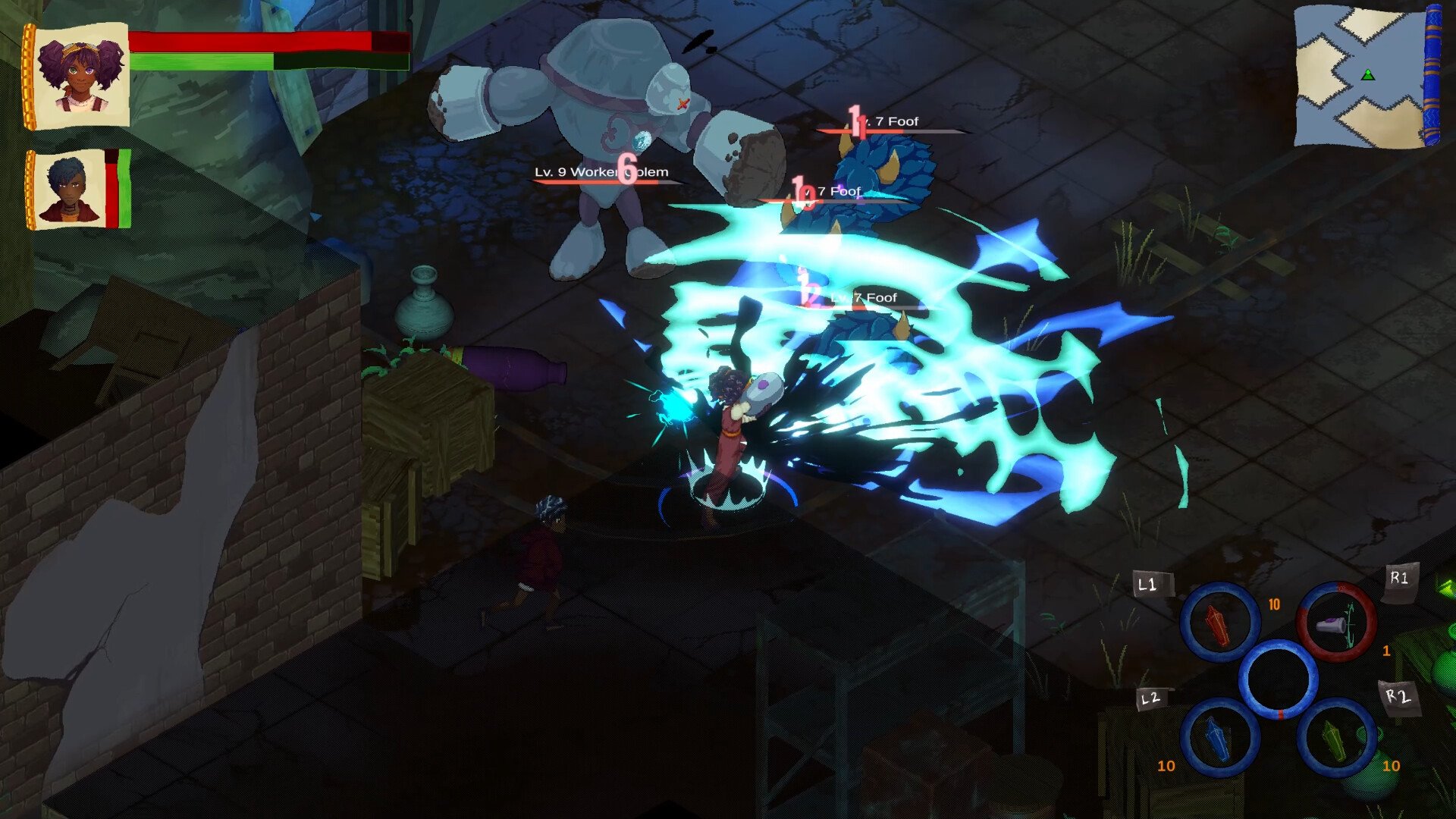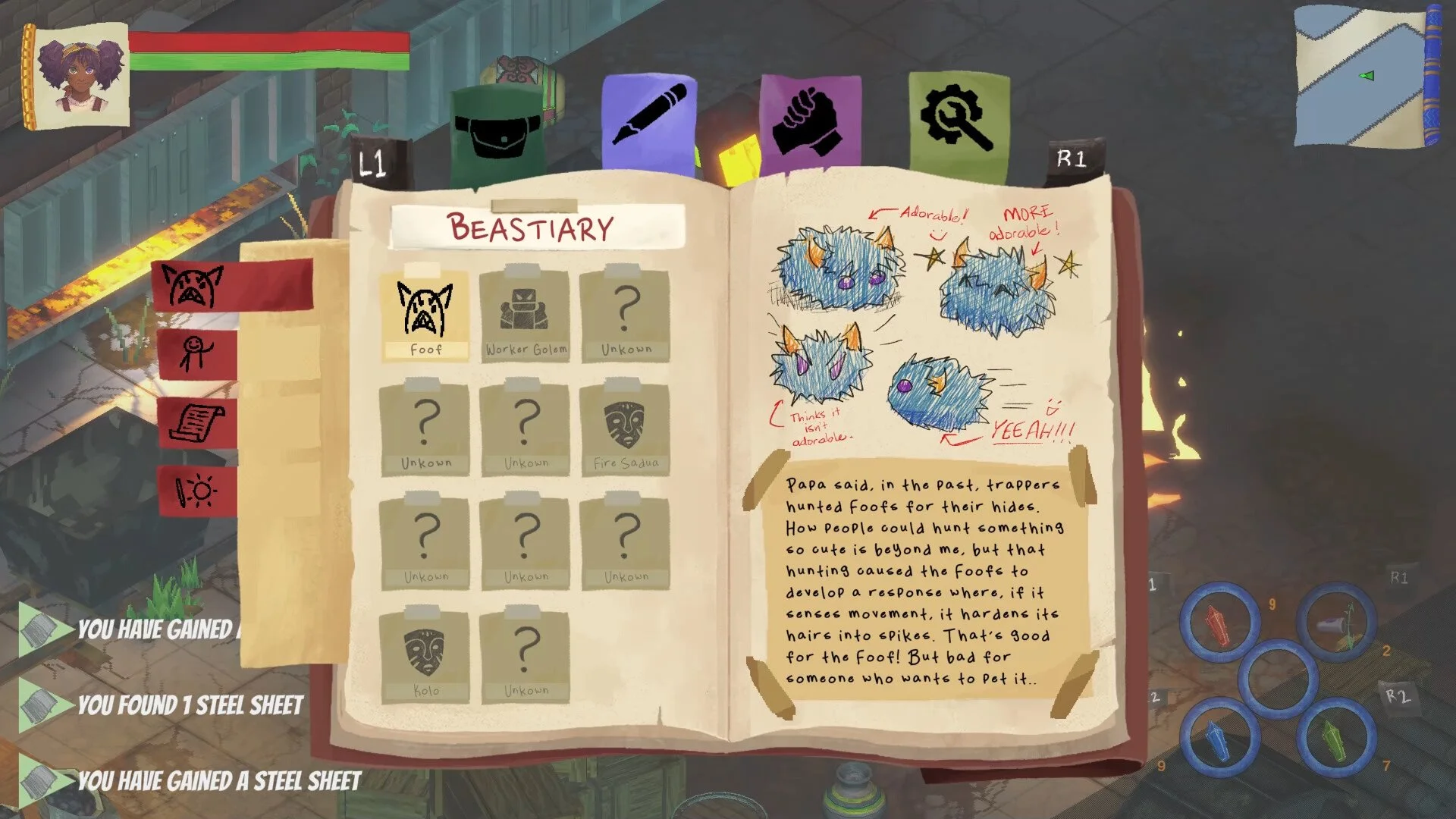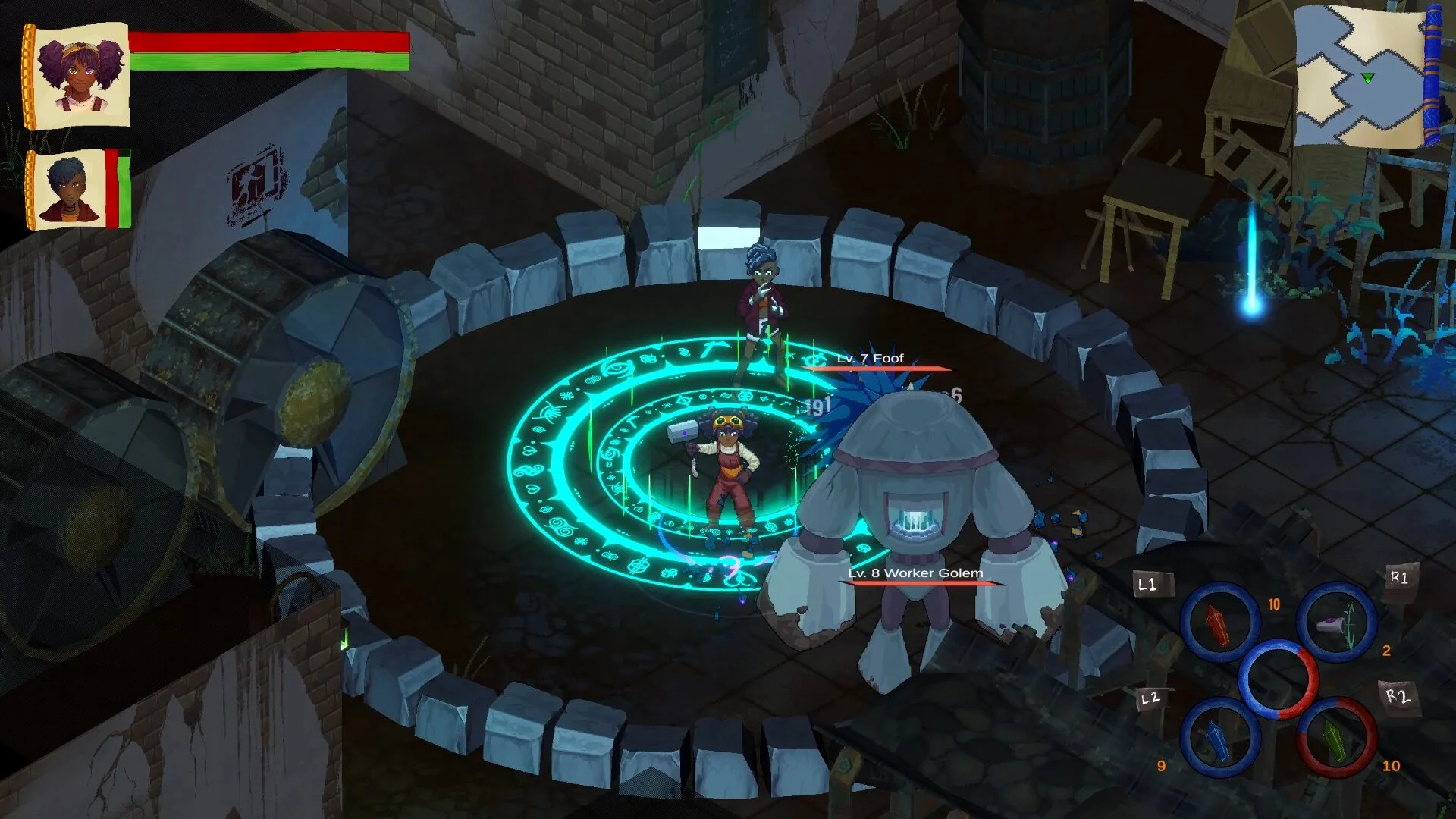Zakumba: Astraia
I previously held a volunteer position as a Lead Game Designer at AfroDuck Studios from March 2023 to November 2024. In which I was responsible for:
Developing and documenting game design concepts and mechanics.
Creating and maintaining game design documentation
Collaborating with team members to ensure game design aligns with project goals and scope.
Prototyping and testing game mechanics and systems
Designing levels and environments that enhance the gameplay experience
Writing and implementing dialogue, narrative, and quests.
Balancing and tuning game difficulty and progression, and playtesting and analysing game data to improve game design and player experience
Game Description
Join Astraia on an epic action-adventure RPG journey through the diverse and mysterious Pygunjú region. Explore stunning biomes, battle fierce and unique creatures, and craft powerful tools to aid your village's revolution. Just don't be late for dinner with your Dad.
Contributions
Tutorial
As the designer for the project, I was tasked with onboarding new players with the controls, mechanics and overall experience with Zakumba: Astraia. Due to the complex nature of the game genre (RPG) with lots of various systems, abilities and statistics. This would prove difficult. In addition, I did not want the player to have to read paragraphs of information in order to understand the systems. Therefore, I slowly introduced the mechanics through scripted events, diagrams and allowing the player to experiment themselves to discover how these systems work. Of course, our goal was to create systems and abilities that seemed intuitive and would not need much tutorialization. In addition, we utilized playtesting as means of getting feedback on how new players react to the game.
Quick Menu
One of the systems that proved cumbersome to new players was the quick menu. This is essentially a menu that allowed the player to quickly cast abilities, use items or perform special actions. For new players, they either chose to completely ignore this system or try to use it and get confused at first. Ultimately, we decided that it needed a redesign. A member of the team had a great idea to instead utilize a radial dial instead of a small box at the bottom of the screen. This proved to be successful in making that system less confusing for players as it was intuitive to use. However, some additonal testing was required to fine tune the system. It was found that even with the new quick menu that it was difficult to use during combat and thus we reduced time vastly when the quick menu is active in order for the player to make a more tactical decision about the choice of ability. This was eventually changed to just using extra buttons on the controller / keyboard as we found that slowing time and opening menus broke one of our core gameplay pillars of Zakumba Astraia, fast paced combat.
Controls
As the designer of the project, the controls were left in my hands. When fully released, the game (hopefully) will be running on the switch, playstation, xbox and PC. This lead to the amount of buttons that we have access to, to be extremely limited (the switch having the least). Therefore, I had to come up with cunning solutions to these issues. We utilized keybinds, holding buttons down vs tapping them and menus being as simple as possible to navigate.
Most of the high and low level design decisions were discussed with the team and then the ultimate conclusion decided upon by myself and the rest of the leads. There are many more decisions that are not listed here that I designed but feel free to message me with additional questions
